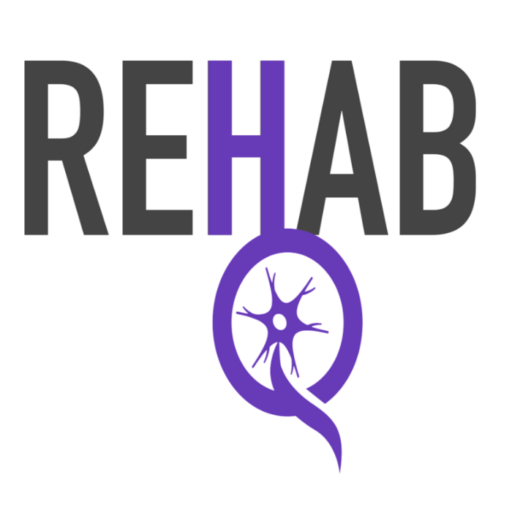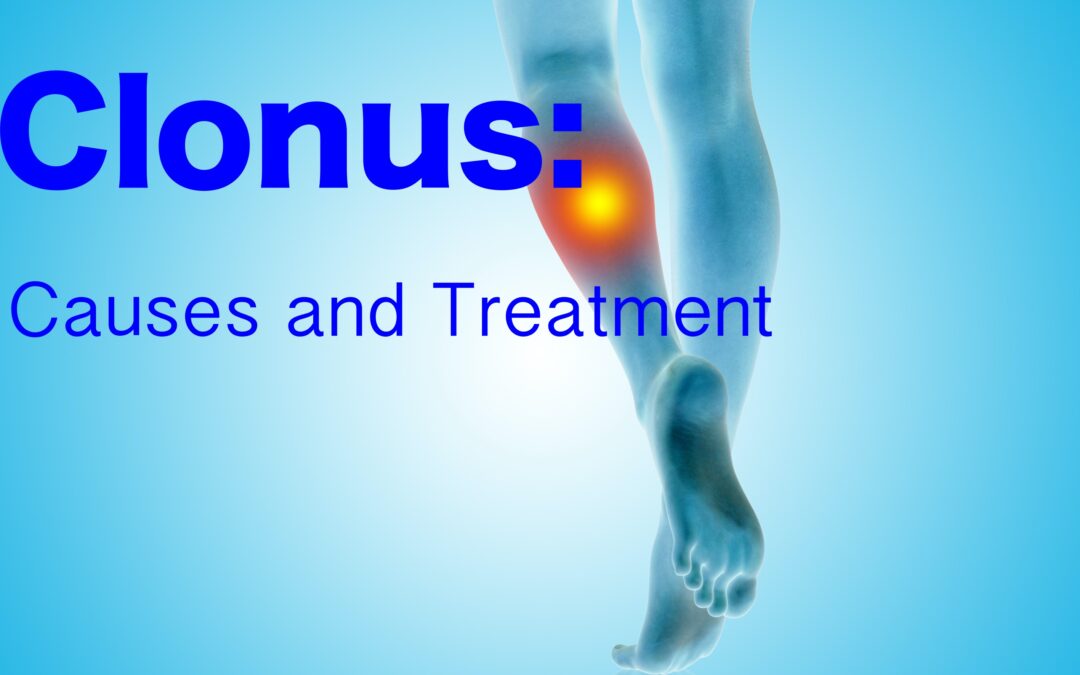Clonus is an involuntary, rhythmic muscle contraction followed by a relaxation. It is a sign that there is damage to the brain and/or the spinal cord (upper motor neuron). More specifically, the part of the nervous system that controls movement (descending motor pathways).
What conditions can cause clonus?
Stroke – If a stroke has caused damage to a motor area of the brain, this may lead to clonus.
Multiple Sclerosis – In cases of multiple sclerosis, you may see clonus if demyelination and/or lesions have developed in a motor pathway.
Brain Injury – Brain injury due to blunt force trauma, or anoxia (brain is deprived of oxygen) in the case of a diving accident).
Spinal Cord Injury – A spinal cord injury is when the spinal cord is severed injuring the motor pathways below the level of the injury. This may cause clonus in any muscle that is innervated below the level of the spinal cord injury.
Brain Tumor – a brain tumor can press on the motor pathways in the brain causing them to “malfunction” and cause clonus.
How do you know if you have clonus?
In the leg, it may appear as though the leg just starts shaking and/or tremoring at random times. In sitting it may look like the leg is jumping. In standing and walking it may feel like the entire leg is shaking.
In the arm, it may look like the arm is jumping. Often times this is the most notable when walking.
What is the treatment for clonus?
There is no cure for clonus. However, there are things that might minimize the severity and frequency of the clonus response.
Stretching
The shorter and less elastic the muscle is, the more easily it will “trigger” a clonus response. Maintaining adequate muscle length may decrease this hyperexcitability. In the leg the most common muscles that might develop clonus are the muscles that point the foot down (gastrocnemius, soleus, and or posterior tibialis). In the arm, the most common muscles are the muscles that bend the elbow.
Movement Retraining
Movement retraining is a way to get the nervous system to develop new pathways (neuroplasticity) around damage areas of the nervous system. Developing new connections may minimize the severity of clonus.
Bracing
Having appropriate bracing will maintain adequate muscle length. An ankle foot orthosis is critical in preventing and/or minimizing clonus when standing and walking.

